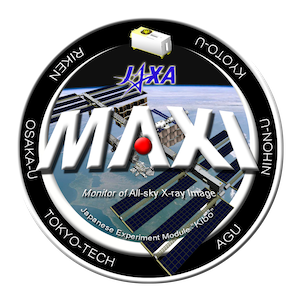Speaker
Description
According to the unified model of active galactic nuclei (AGNs), a dusty torus is formed around a broad-line region, accretion disk, and corona near a supermassive black hole (SMBH), and these structures produce multi-wavelength radiation. Studying the structures in not only type-1 but also type-2 AGNs is important to understand e.g., the growth of a SMBH via mass accretion and the AGN feedback to a host galaxy. The dust reverberation mapping is one of the most powerful methods to determine especially an innermost region of a dusty torus, and it has been performed on a few tens type-1 AGNs by optical and infrared monitors. However, no clear results have been reported on type-2 AGNs so far because strong optical extinction completely hides their disk emission. We therefore focus on an X-ray-bright type-2 AGN NGC 2110, and utilize 2–20 keV variation monitored by MAXI to trace the disk emission, instead of optical variation. Comparing it with 3–5 μm infrared variation observed by WISE, we successfully found a dust reverberation time lag of ~130 days (Noda et al. 2020, MNRAS, 495, 2921). In this presentation, we introduce these results comparing with those in type-1 AGNs, and discuss future studies by the dust reverberation mapping on type-2 AGNs with simultaneous X-ray and infrared monitors.

